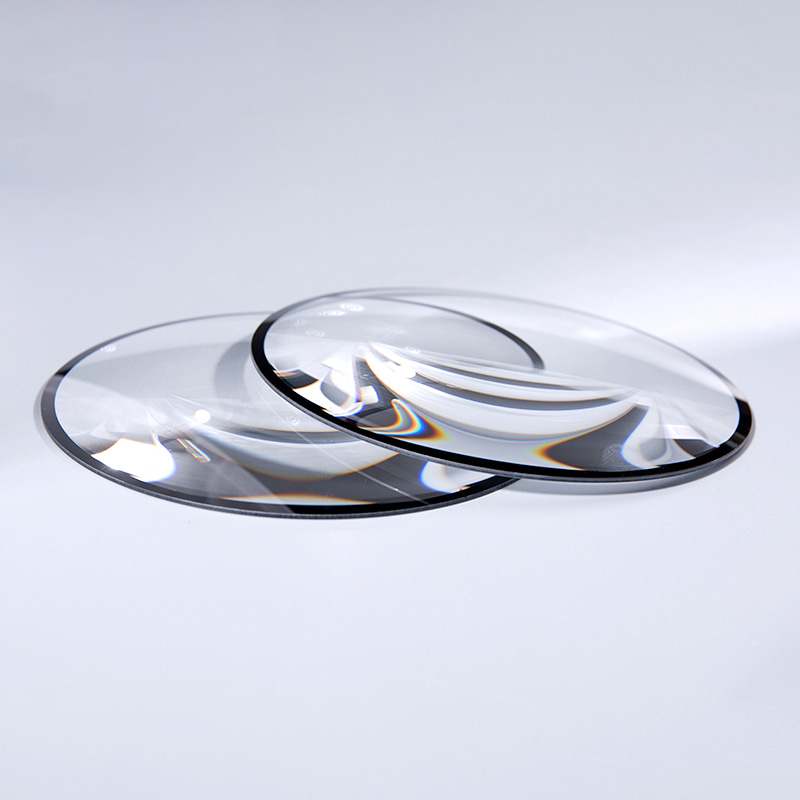Optical spherical mirror are fundamental elements in optics. They are optical elements that reflect light and have the shape of a piece cut out of a spherical surface, with the back typically being plano. They are widely used in various technical OEM visible or IR applications, including defense and security, medical and agriculture technologies, and environmental surveillance.
Types of Optical Spherical Mirrors
Concave Spherical Mirrors: The reflective surface of concave spherical mirrors curves inward. They are converging mirrors, ideal for focusing light. They magnify objects that are close to them and have a positive focal length. The radius of curvature is also positive, which is the distance between the mirror and the center of the sphere from which it was formed.
Convex Spherical Mirrors: Convex spherical mirrors usually make objects look smaller. These mirrors are used for expanding an imaging system's field of view. They have negative focal lengths, meaning the focus is behind the mirror, and the radius of curvature is also negative. The image formed by a convex mirror is virtual since the light rays do not actually pass through the point they appear to be originating from. For a convex mirror, the shorter the focal length, the wider the field of view.
Terminology Related to Optical Spherical Mirrors
Principal Axis: It is the line that is normal (perpendicular) to the center of the mirror.
Vertex or Pole: This is the central point where the principal axis enters the mirror.
Center of Curvature: The point on the principal axis that is the same distance from every point on the mirror. It is also the center of the parent sphere.
Radius of Curvature: The distance from the center of curvature to the vertex.
Focus or Focal Point: For a concave mirror, all light rays striking the mirror parallel and near to its principal axis will be reflected through a point on the principal axis, which is the focus. For a convex mirror, the focus is where the rays appear to diverge from. The focal length is the distance along the principal axis from the vertex to the focus and is always half the radius of curvature for a single spherical mirror.

Image Formation in Optical Spherical Mirrors
In Concave Mirrors: When an object is placed at different distances from a concave mirror, the nature of the image formed varies. It can be real or virtual, magnified or diminished, depending on the object's distance relative to the focal point.
In Convex Mirrors: Convex mirrors always form virtual, diminished, and upright images regardless of the object's position.
Applications of Optical Spherical Mirrors
Concave Mirrors: They are commonly used in astronomical telescopes, reflecting telescopes, and vehicle headlights. They are also employed in solar furnaces and shaving mirrors due to their ability to converge light and form clear images.
Convex Mirrors: With their wide field of view, convex mirrors are essential in vehicle rear - view mirrors, security mirrors in stores, and as part of street intersection mirrors for traffic safety.
Challenges and Limitations of Optical Spherical Mirrors
One significant issue is spherical aberration. This occurs when rays far from the principal axis do not converge at the same point, leading to a blurred image. Advanced technologies, like parabolic mirrors, are sometimes used in some applications to overcome this limitation.

 English
English 日本語
日本語 русский
русский Español
Español Deutsch
Deutsch 中文简体
中文简体










 苏公网安备32041102000130号
苏公网安备32041102000130号